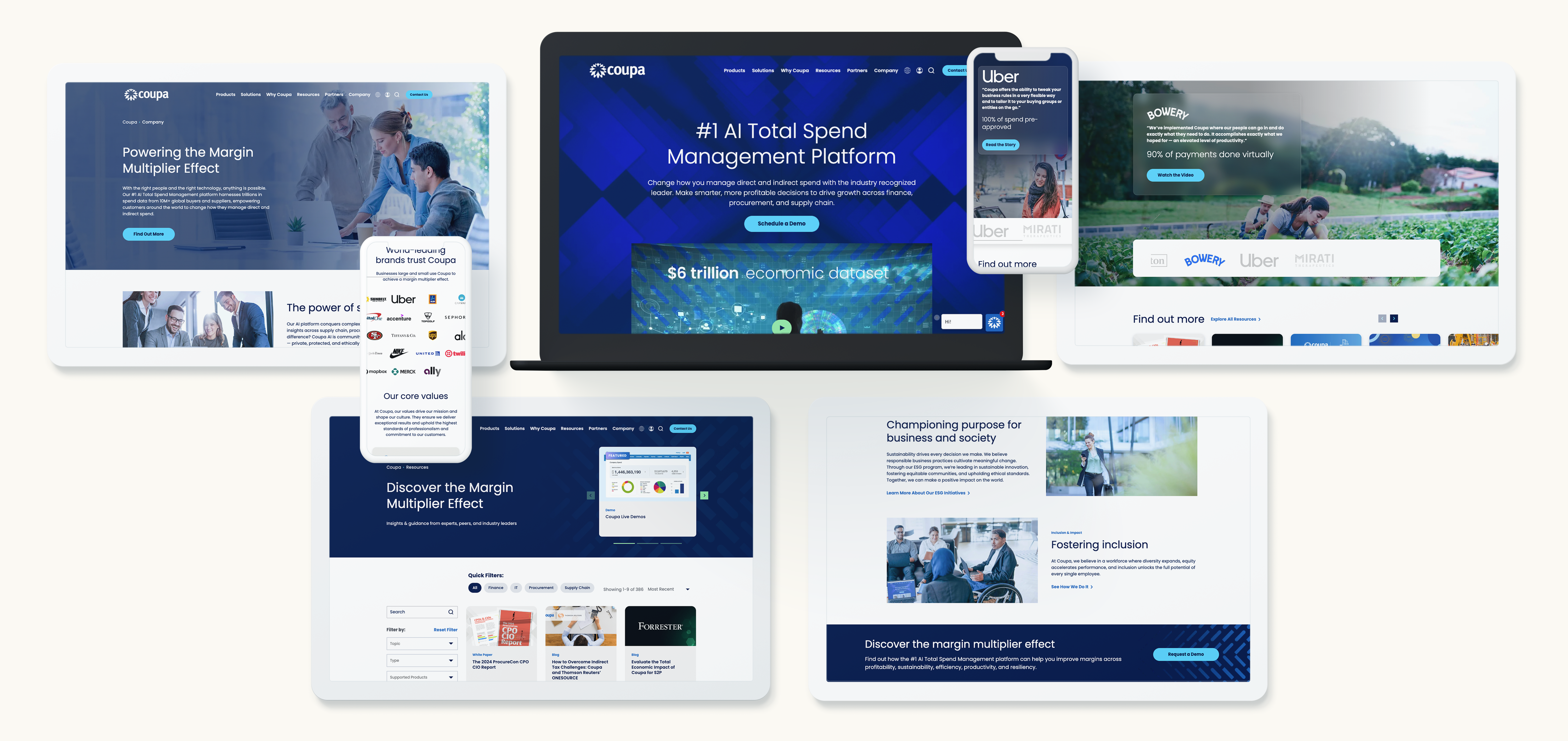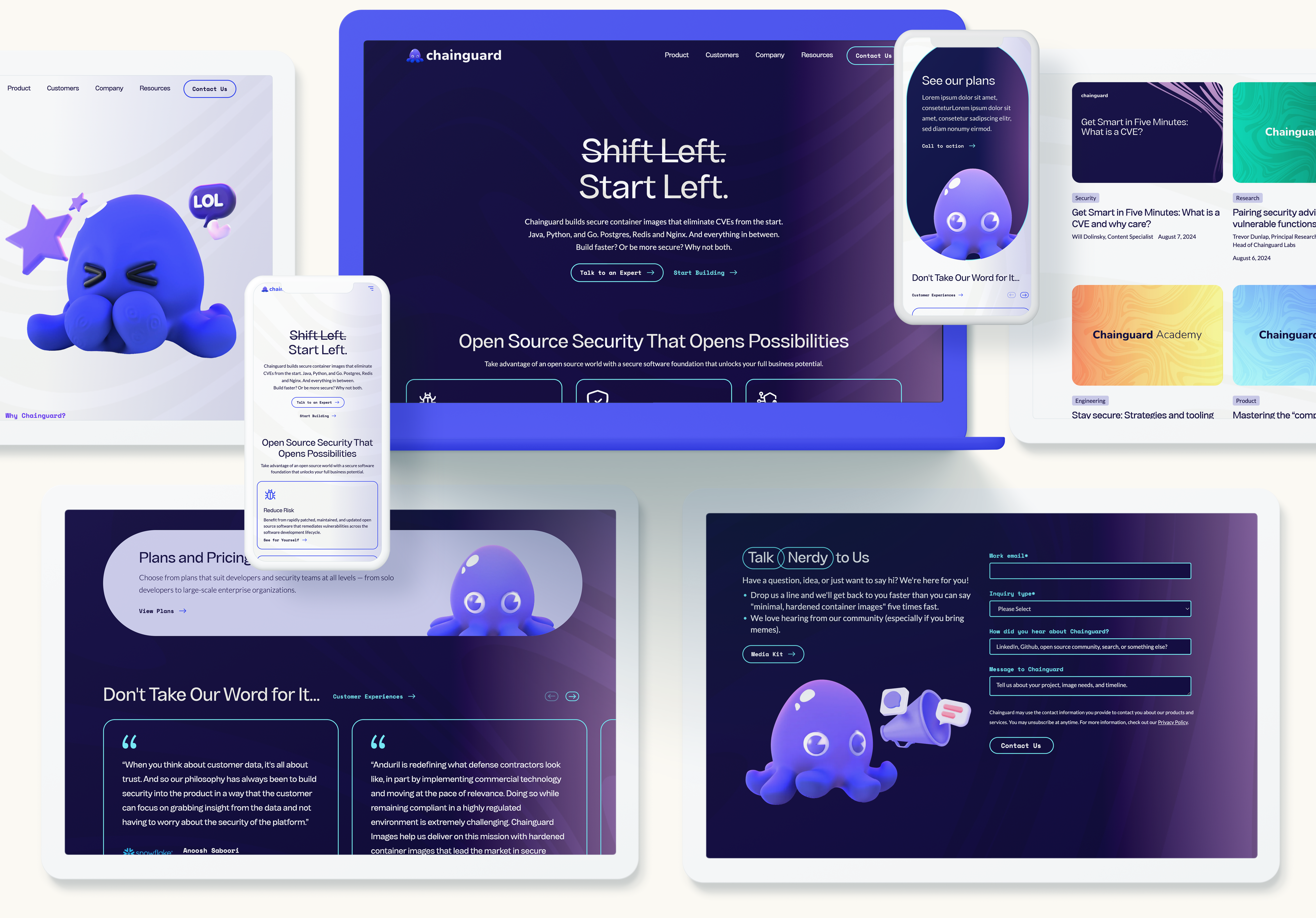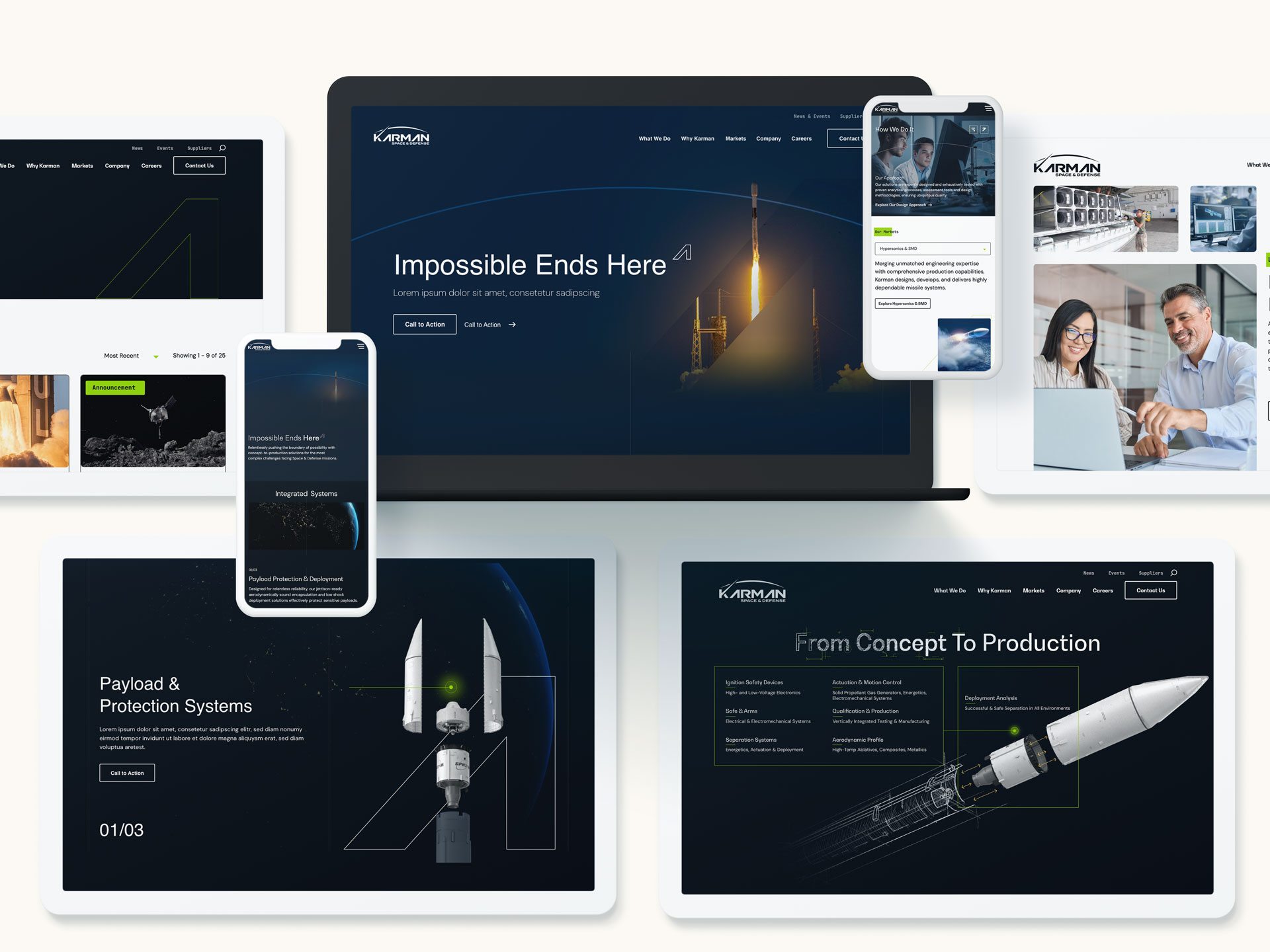Marketing technology has transformed how businesses engage with their audiences, but managing an increasingly complex tech stack can be overwhelming. Without proper integration, companies risk inefficiencies, data silos, and missed opportunities. To maximize impact, businesses must streamline their Martech stack, ensuring seamless workflows, improved collaboration, and measurable results.
Understanding the Martech Landscape
The Martech ecosystem includes tools for automation, customer relationship management (CRM), content marketing, analytics, and more. However, the abundance of options often leads to bloated tech stacks that hinder efficiency rather than enhance it. Businesses must take a strategic approach to integrating their Martech tools to ensure they work together effectively.
Common Martech Challenges:
- Tool Overload: Using too many platforms can lead to inefficiencies and unnecessary costs.
- Data Silos: Disconnected tools prevent data sharing, leading to inconsistent insights.
- Lack of User Adoption: Employees may resist new technology if it’s not user-friendly or well-integrated.
- Security and Compliance Risks: Poor integration can lead to data breaches and regulatory non-compliance.

Building a Unified Martech Stack
A well-integrated Martech stack fosters collaboration, enhances automation, and provides actionable insights. Here’s how businesses can build a more efficient stack:
Key Steps to Martech Integration:
- Audit Existing Tools: Identify redundant, underutilized, or incompatible software.
- Define Core Business Needs: Ensure tools align with marketing goals, such as lead generation, engagement, or analytics.
- Prioritize Interoperability: Choose tools that integrate natively or through APIs to ensure seamless data flow.
- Implement a Centralized Platform: Consider a marketing operations platform that connects all tools for streamlined management.
- Regularly Review and Optimize: Continuously assess tool performance and eliminate inefficiencies.
Breaking Down Silos for Better Collaboration
Disconnected Martech tools can create barriers between marketing, sales, and customer service teams. Integration fosters collaboration and ensures everyone operates with the same data and insights.
Best Practices for Cross-Team Collaboration:
- Integrate CRM and Marketing Automation: Align sales and marketing efforts by ensuring real-time data sharing.
- Use Shared Dashboards: Provide unified analytics to enhance decision-making across teams.
- Implement Standardized Workflows: Automate lead nurturing, customer outreach, and reporting processes to improve efficiency.

Optimizing Automation & AI
AI and automation enhance Martech by personalizing customer interactions, improving efficiency, and providing data-driven insights. However, their effectiveness depends on seamless integration within the stack.
How to Leverage AI in Martech:
- Predictive Analytics: Use AI to anticipate customer behavior and optimize campaigns.
- Automated Customer Journeys: Personalize experiences based on user data and interactions.
- Chatbots & Virtual Assistants: Enhance customer engagement and support through AI-driven chat solutions.

Data Security & Compliance Considerations
With the increasing reliance on Martech, data security and regulatory compliance must be a priority.
Essential Security Best Practices:
- Ensure GDPR & CCPA Compliance: Adhere to data privacy regulations when collecting and processing customer information.
- Use Secure Integrations: Choose platforms with robust encryption and authentication measures.
- Regular Security Audits: Assess vulnerabilities and strengthen defenses against cyber threats.
Measuring Martech ROI
To justify Martech investments, businesses must track key performance indicators (KPIs) that demonstrate efficiency and revenue impact.
Key Metrics to Evaluate Martech Performance:
- Customer Acquisition Cost (CAC): Measure how Martech impacts lead conversion efficiency.
- Marketing-Qualified Leads (MQLs): Track the volume and quality of leads generated.
- Campaign Performance Metrics: Analyze engagement, conversion rates, and ROI.
- Operational Efficiency: Assess how Martech reduces manual workloads and improves productivity.

Final Thoughts
A well-integrated Martech stack enables businesses to execute smarter marketing campaigns, improve collaboration, and drive better results. By streamlining tools, optimizing automation, and ensuring data security, companies can unlock the full potential of their marketing technology investments.




